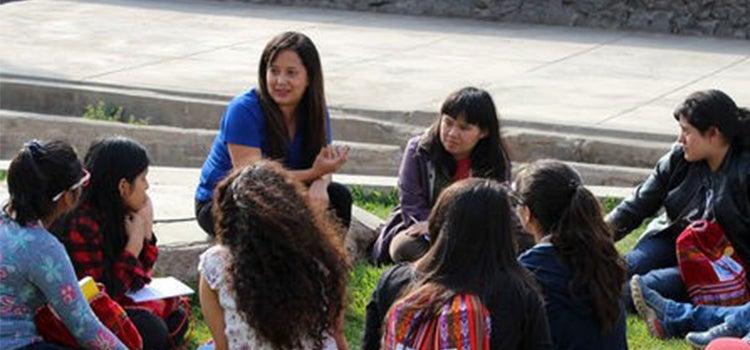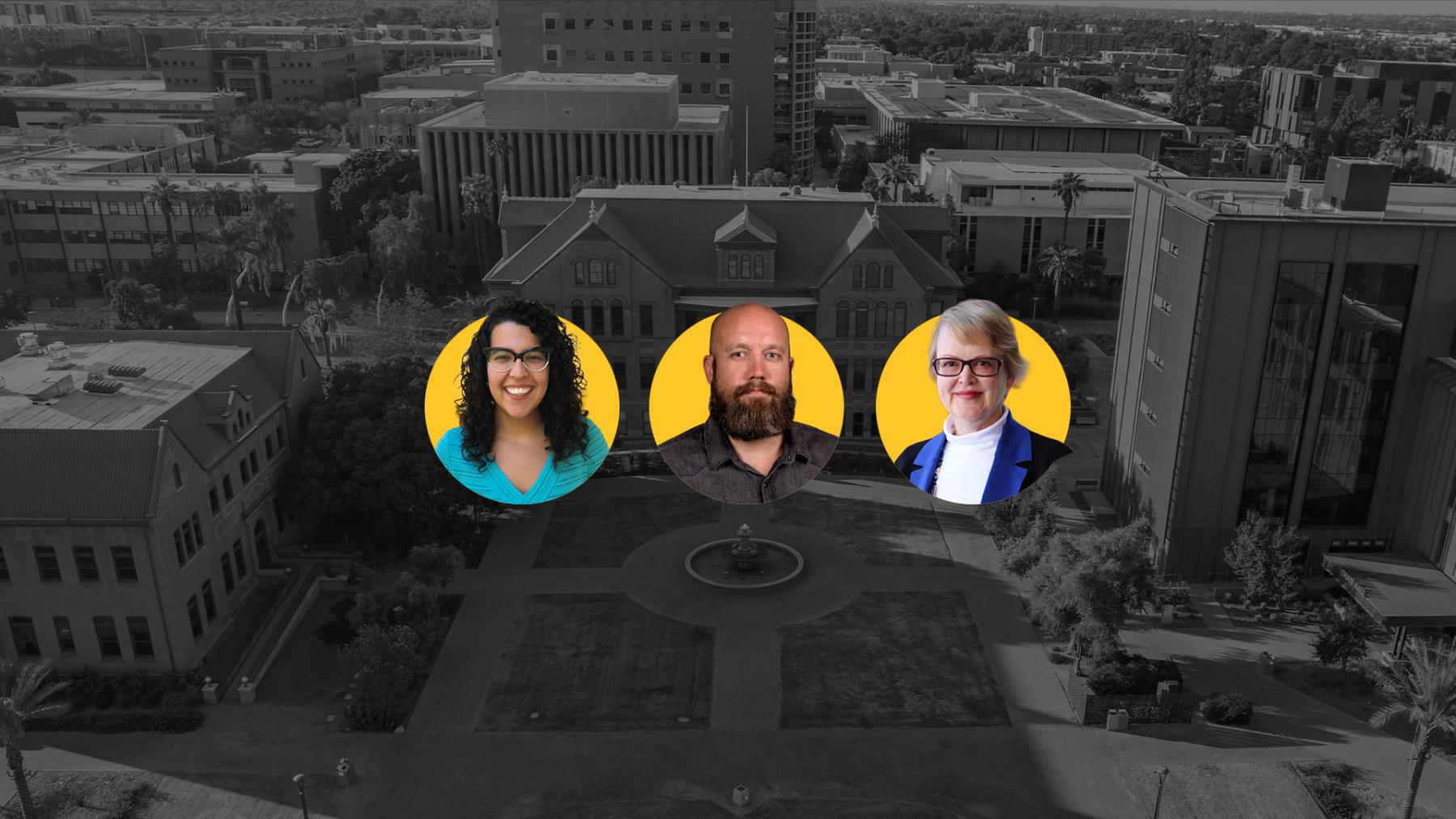
Helping to create opportunities for women of color in STEM
Arriving in the U.S. at age 13, moving out at age 16 and living alone while attending high school was hardly enough to keep Gabriela González from achieving her goals as an engineering graduate. Today, she is an executive in Chandler working to complete her second PhD program in Human and Social Dimensions in Science and Technology (HSD) program at ASU’s School for the Future of Innovation in Society examining the role that nonprofit organizations have played in bringing middle school girls of color into the fields of science, technology, engineering and math education (STEM).
Although initially having a difficult time making the decision to go to college, González eventually chose to pursue a degree after a meaningful conversation with her youth minister leading to her graduation from the University of Washington in 1992. She obtained a bachelor degree in electrical engineering and began her career at Xerox before moving on to work for Intel in 2000.
González’s focus and interest in the STEM field has inspired her to help other women of color like her pursue their dreams and to push past the obstacles.
She cofounded Hermanas Diseña Tu Futuro, a successful initiative in Arizona that reaches out to young Latina girls in middle school and high school motivating them to engage in STEM education and consider STEM careers.
She has recently become chair of a high priority advisory panel created in 2016 that is working to shape the U.S. government’s $3-billion-a-year investment in STEM fields. She is determined to make her contribution visible to students by making it easier for women of color to pursue paths in STEM with successful career outcomes.
The panel’s first order of business is to address and review a 5-year plan for STEM education being prepared by the White House Office of Science and Technology Policy (OSTP). If implemented, this plan will improve instructions for those looking to teach STEM fields with the expectation to graduate more students with STEM degrees aligning with González’s intentions.
Nominee’s for the panel were selected by four agencies including the National Science Foundation (NSF), the National Oceanic and Atmospheric Administration (NOAA), NASA and the Department of Education, all of which chose González to be a participant in the reformation of current STEM programs.
What differentiates González’s work from other STEM teachers and mentors is her “rare background that combines industry experience with a clear passion for expanding and diversifying STEM education,” said NSF Director France Córdova to Science Magazine.
González has committed to stay on the panel for one year, and she may elect to continue on the panel for an additional three years. Her approach will be to learn as much as possible and provide input on methods to bring more women into STEM.
In a Science Magazine article Gonzalez talks about a mistake she believes researchers are making, “[They’re] focused on fixing the girls or the women, asking what’s wrong with them and what we can do to make them want to do engineering and STEM. But it’s not the people we need to fix, it’s the institutions. That’s where the barriers lie.”
She believes stressing love for math and science is misguided. “I didn’t love math, and I didn’t do well in it at college. But I still became an engineer. And the reason is that math is only a tool. You don’t have to love the tool to become an engineer. You just need to learn how to use it.”
González thinks the federal government could move the needle through greater accountability. She hopes the panel will be a forum for discussing ideas, and the outcomes will give more women sustainable paths to STEM fields in the future.
Article link: http://www.sciencemag.org/news/2018/07/gabriela-gonz-lez-s-improbable-journey-lead-federal-stem-panel
More stories from the Graduate Insider

Finding your flow: Managing the graduate writing process
Graduate writing can feel like a marathon—long, demanding, and full of unexpected detours. But as Tristan Rebe, Program Manager for the Graduate Writing Center, reminded students in the Grad15: Managing the Writing Process webinar, writing is not about perfection—it’s about progress. “The best dissertation is a done dissertation,” Rebe said, quoting Robert Frost: the best way out is through.

Promoting resilience and well-being in Ghana — and across the globe

From practice to presentation: How to deliver a winning faculty job talk
Giving a job talk can feel like the most high-stakes presentation of your academic job search. It’s not just a research seminar—it’s your opportunity to demonstrate vision, communication skills, and fit within a department. In a recent Lunch and Learn, faculty members Associate Professor in School of International Letters and Cultures, Anita Huizar-Hernandez, Professor in School of Life Sciences Jeffrey Jensen, and Professor in Department of Physics Patricia Rankin shared concrete strategies to help graduate students and postdocs succeed as future faculty candidates.